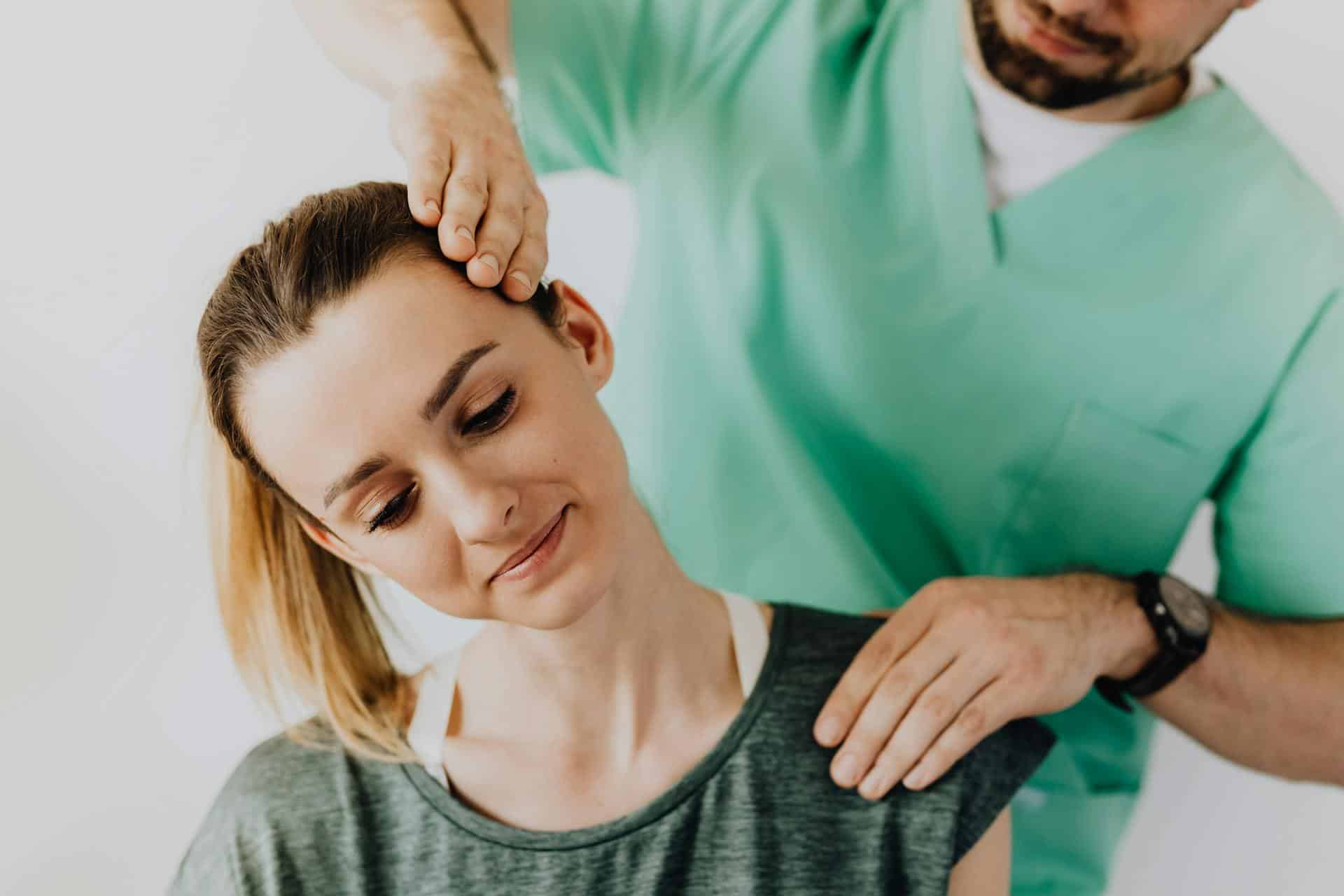Serving patients in Sarasota, Florida for over 30 years, Liott Back & Neck Care offers personalized chiropractic treatments for all ages.
Chiropractic care is not a one-size-fits-all approach. Skilled chiropractors select from a range of techniques depending on a patient’s condition, comfort level, and treatment goals. At Liott Back & Neck Care, we use a variety of evidence-based methods to restore proper movement, reduce pain, and support your body’s natural healing process. Below is a guide to the most common chiropractic techniques, explained in clear language so you know what each entails.
Flexion Distraction

Flexion distraction is a gentle, non-force technique often used for herniated discs, sciatica, or lower back pain. The patient lies on a special table that moves in a controlled way to stretch and flex the spine. This motion helps reduce pressure on spinal discs and nerves while improving mobility.
Gonstead Adjustment
The Gonstead adjustment focuses on precise spinal alignment. The chiropractor performs a detailed analysis using X-rays, physical examination, and specific palpation. Adjustments are done with hands to correct misalignments in a targeted, exact manner.
Activator Method
The Activator Method uses a handheld spring-loaded instrument to deliver a quick, low-force impulse to the spine or joints. It is ideal for patients who prefer a gentler approach or have conditions that require minimal force. The instrument allows for high precision without twisting or turning the body.
Diversified Technique
Diversified is one of the most widely used chiropractic methods. It involves high-velocity, low-amplitude thrusts applied to joints to restore proper movement. Patients may hear a “pop” or “crack” as gas is released from the joint space, which is normal and not harmful.
Thompson Drop Table Technique
This method uses a specially designed table with drop sections. The chiropractor applies a quick thrust, and the section of the table drops slightly. The drop assists the adjustment, allowing for a lighter touch while still achieving effective results.
Spinal Mobilization
Spinal mobilization is a slower, gentler alternative to manipulation. It involves rhythmic, low-velocity movements that help improve range of motion and reduce stiffness without the quick thrusts used in other methods.
Spinal Manipulation
Spinal manipulation uses controlled force to restore normal joint movement. It is often performed by hand and may involve twisting or thrusting movements to release restrictions and improve spinal function.
Thompson Technique
Similar to the drop table method, the Thompson Technique uses a segmented table to assist with adjustments. This technique focuses on analyzing leg length differences and pelvic alignment to guide treatment.
Sacro Occipital Technique
This method works on the connection between the sacrum at the base of the spine and the occiput at the base of the skull. Chiropractors use blocks placed under the pelvis combined with gentle manipulations to improve nervous system function and balance body mechanics.
Extremities
Chiropractic adjustments are not limited to the spine. Extremity adjustments target joints in the shoulders, elbows, wrists, hips, knees, and ankles to improve movement and reduce pain.
Myofascial Release
This hands-on technique addresses tightness in the fascia, the connective tissue that surrounds muscles. Gentle sustained pressure helps release restrictions, improve circulation, and reduce pain.
Spinal Decompression
Spinal decompression therapy uses a motorized table to gently stretch the spine. This reduces pressure on discs and nerves, promotes healing, and can be beneficial for conditions like herniated discs or degenerative disc disease.
Direct Thrust Technique
A direct thrust involves a rapid, controlled force applied to a joint to restore motion. It is one of the classic chiropractic adjustments and can provide immediate relief in many cases.
Articulatory
Articulatory techniques involve moving joints through their natural range of motion while applying gentle pressure. This helps restore mobility and reduce stiffness.
Muscle Energy Technique
This method uses the patient’s own muscle contractions against a counterforce applied by the chiropractor. It helps lengthen tight muscles, improve joint movement, and restore normal function.
Applied Kinesiology
Applied kinesiology uses muscle testing to help identify imbalances in the body. Chiropractors assess muscle strength in response to light pressure to determine where adjustments or other therapies may be needed.
Cervical Radiculopathy Chiropractic Techniques

Cervical Radiculopathy Chiropractic techniques are designed to relieve nerve compression in the neck that can cause pain, tingling, or weakness in the arms. Gentle mobilization, traction, and targeted adjustments are often used.
Chiropractic Adjustment
A chiropractic adjustment is the general term for realigning joints to restore proper movement and function. Adjustments can be done with hands or instruments and vary in intensity depending on patient needs.
Functional Technique
The functional technique uses slow, steady pressure to release restricted joints. This approach is particularly useful for sensitive areas where quick thrusts may not be comfortable.
Logan Basic Technique
Logan Basic focuses on the sacrum using light pressure at a specific point. This gentle method helps relax muscles and restore spinal balance, making it suitable for patients of all ages.
Soft Tissue Therapy
Soft tissue therapy targets muscles, ligaments, and tendons to reduce tension and promote healing. Techniques may include massage, stretching, and trigger point therapy.
Drop Table
A drop table allows parts of the table to drop slightly during an adjustment. This assists the chiropractor in making precise corrections with less force.
Release Work
Release work uses gentle fingertip pressure to separate vertebrae slightly. This allows surrounding soft tissues to relax and restores proper motion.
Craniosacral Therapy
Craniosacral therapy uses gentle touch to assess and release tension in the membranes and fluids around the brain and spinal cord. It is often used to promote relaxation and improve nervous system function.







